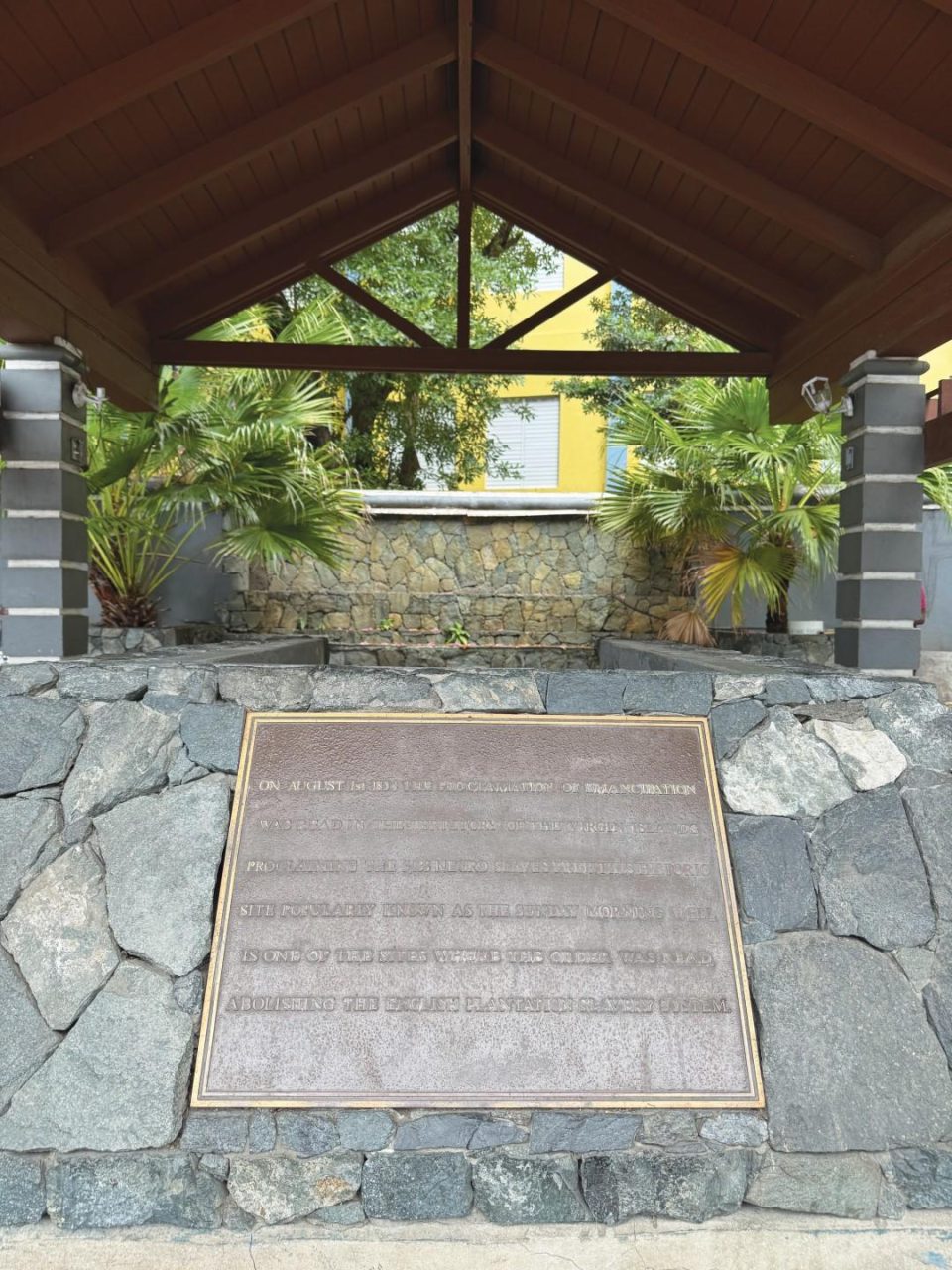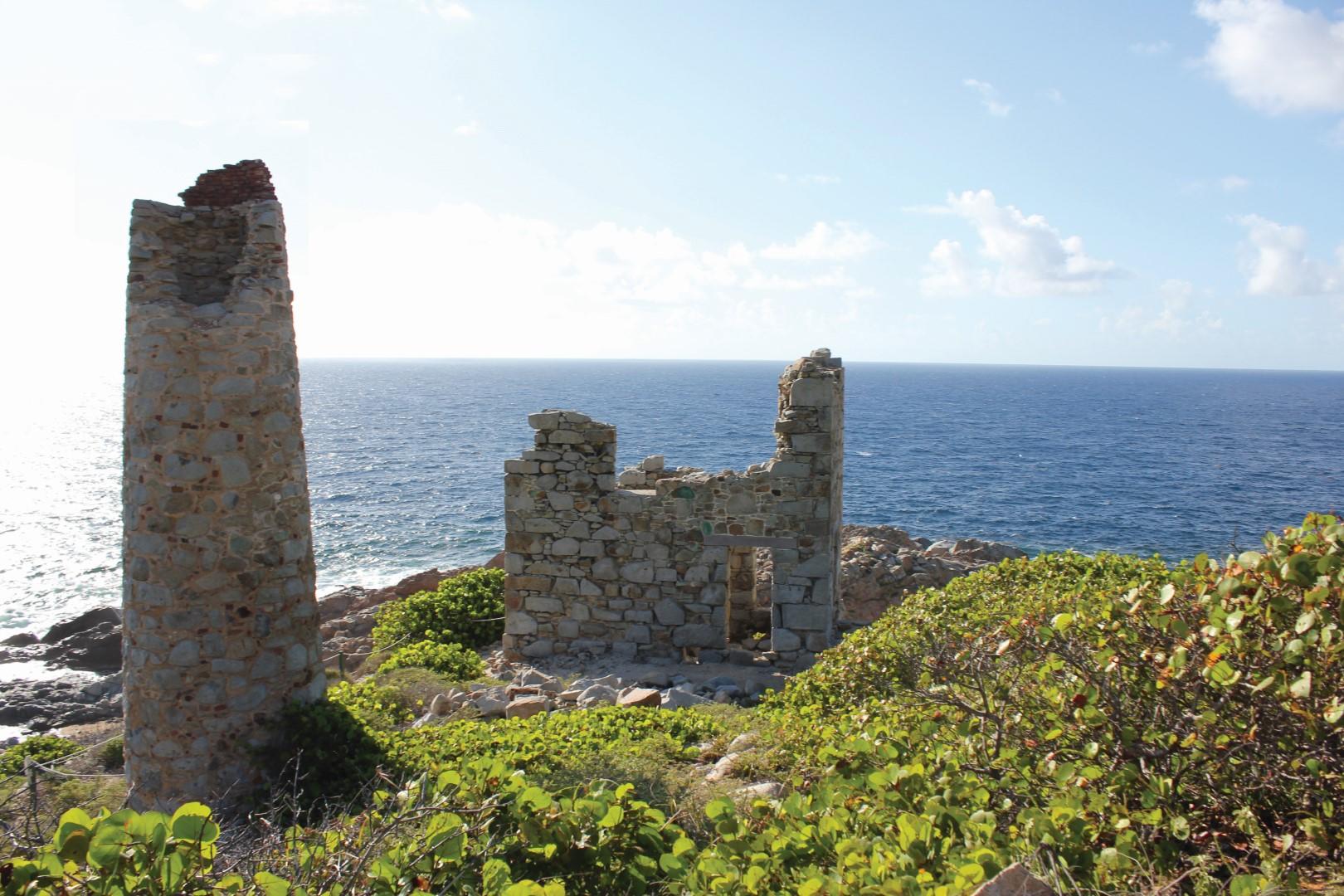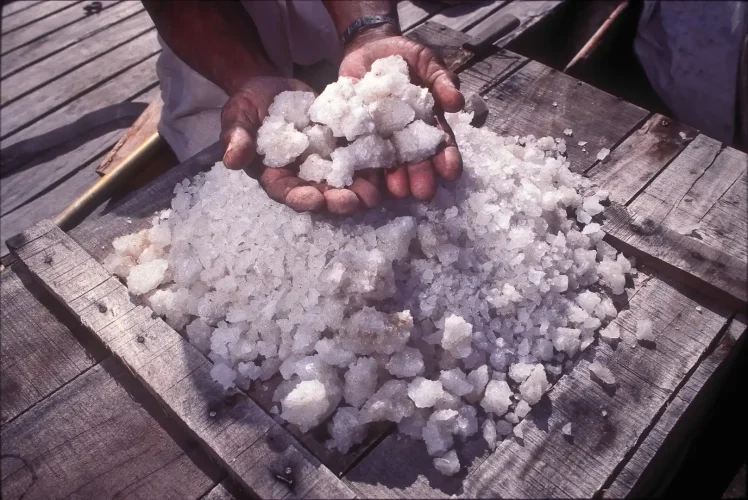The last standing windmill in the BVI
Begin your exploration into BVI history at Mount Healthy National Park, where you’ll find the last standing windmill in the BVI. This 18th-century relic was once the heart of a bustling 250-acre sugarcane plantation. Enslaved Africans worked the terraced slopes, turning sugarcane into sugar that was shipped off to Britain.
The windmill, built from field rubble with large arched openings, was a busy spot where workers hauled sugarcane in and carted crushed cane out.
Post 1834, after slavery was abolished, former workers could even buy land to farm themselves. However, a mix of brutal hurricanes in the 1830s and drought in the 1850s knocked the industry out for good, leaving the windmill a quiet sentinel of the past.
When you visit, a further glimpse into a bygone era can be seen across the road – the ruins of an old animal-powered mill, factory, distiller, hospital and living quarters.
Sunday Morning Well in Road Town
Your next historical stop is the Sunday Morning Well in Road Town. On August 1, 1834 the Proclamation of Emancipation was read in the territory, proclaiming 5,792 slaves free. This is one of the sites where the order was read, abolishing the English plantation slavery system.

Today, the well stands as a simple yet profound reminder of the past, marked by a bronze plaque commemorating that day. Every first Sunday in August, the Emancipation Sermon is held on this spot, turning this historic site into a hub of prayer, remembrance and cultural pride.
Whether you’re soaking in the local history or just enjoying the buzz of Road Town, a visit to the Sunday Morning Well is a must. It’s a powerful spot where freedom rang out for many and connect the dots between Tortola’s past triumphs and its
lively present.
St. Phillip’s Anglican Church
Heading west on Tortola, right in the heart of Kingstown and overlooking Road Harbour. St. Phillip’s Anglican Church is unmissable. Residents call it ‘The Church of the Africans’ – it’s said to be the first church built by and for black people in
the Americas.

The origins of the church can be traced back to when Great Britain ended the slave trade in 1807 (although, real freedom didn’t reach the British territories until 1834).
During those years, foreign slave ships were intercepted by the British and the captive African people onboard were freed and brought to Tortola. The church they built became the first spot where the freed people could come together, sing and pray.
Today, St. Phillip’s is more than just a landmark. It’s a lively hub surrounded by a school and a restaurant that keeps the stories and songs of the BVI ancestors alive.
Copper Mine Point National Park
Voted Best Historical Hotspot, Copper Mine Point National Park is perched on Mine Hill, it tells the tale of a once-thriving mining operation that began with Spanish miners in the early 18th-century and saw a boom with Cornish miners who arrived in the 1800s, when Cornwall’s own mineral deposits began to decline.

The mine shut down in 1862 due to high costs and low copper prices, however the remnants of the powerhouse, mine shafts and the homes where 130 Cornish labourers and their families lived are still visible. They left behind a footprint that stretches across the slopes, with structures that have withstood the test of time.
Restoration efforts, with the help from Cornish experts, started in 1998 and have kept the ruins stable. Here also is a habitat for the White-Tailed Tropicbirds, which dive for food, from impressive heights. It’s a sight to behold!

